Fashion Photography Meets Runway Glamour
Fashion Photography is a dynamic fusion of fashion and visual storytelling, where every click of the shutter captures not just attire, but the essence of a moment, a mood, or a movement in the ever-evolving tapestry of style.

Fashion photography is a captivating blend of creativity, style, and technical skill. Compelling fashion shots requires a keen eye, an understanding of composition, mastery of lighting, and effective collaboration with models.
By skillfully orchestrating lighting, composition, and aesthetics, fashion photography aims to convey not just garments, but an entire narrative of elegance, emotion, and cultural zeitgeist.
Fashion photography is a dynamic combination of fashion and visual storytelling, whereby each click of the shutter captures not only the clothes, but also the essence of a moment, mood or movement in the ever-changing world of overall style.
Fashion Photography goes beyond mere documentation, elevating clothing and accessories to the status of wearable art through the lens of a skilled photographer.
Fashion Photography Timeline
Fashion photography is a journey through time, a visual narrative that encapsulates the evolving styles, techniques, and artistic visions of the past and present.
The photographers of yesteryear, armed with film cameras and a keen eye for storytelling, immortalized the elegance and the savoir vivre of their eras.
| Time Period | Key Events |
|---|---|
| 1856 | Adolphe Braun pioneers early fashion photography with posed models in studio settings. |
| 1901 | Edward Steichen creates the first fashion photographs for Art et Décoration magazine in France. |
| 1911 | Baron Adolph de Meyer becomes the first official fashion photographer for Vogue magazine. |
| 1920s | The Roaring Twenties witness the rise of modern fashion photography, emphasizing elegance and style. |
| 1936 | Martin Munkácsi's photograph of a model running on the beach becomes iconic, breaking traditional norms. |
| 1940s-50s | Horst P. Horst and Irving Penn contribute to the golden age of fashion photography, defining elegance. |
| 1960s | David Bailey, Terence Donovan, and Brian Duffy, known as the "Terrible Trio," shape the Swinging Sixties. |
| 1970s | Helmut Newton's provocative and boundary-pushing photography influences a new era of fashion imagery. |
| 1980s | The rise of supermodels such as Cindy Crawford and Naomi Campbell leads to a focus on individual personalities. |
| 1990s | Digital technology emerges, transforming the industry with quicker turnaround times and new creative possibilities. |
| 2000s | Fashion photography becomes more diverse, embracing various styles, body types, and cultural influences. |
| 2010s | Social media platforms like Instagram redefine the landscape, making fashion photography more accessible and democratic. |
| 2020s | Continued evolution with the integration of technology, AI, and sustainability in fashion photography. |
This Timeline represent key milestones and trends in the history of fashion photography, it may vary based on individual perspectives.
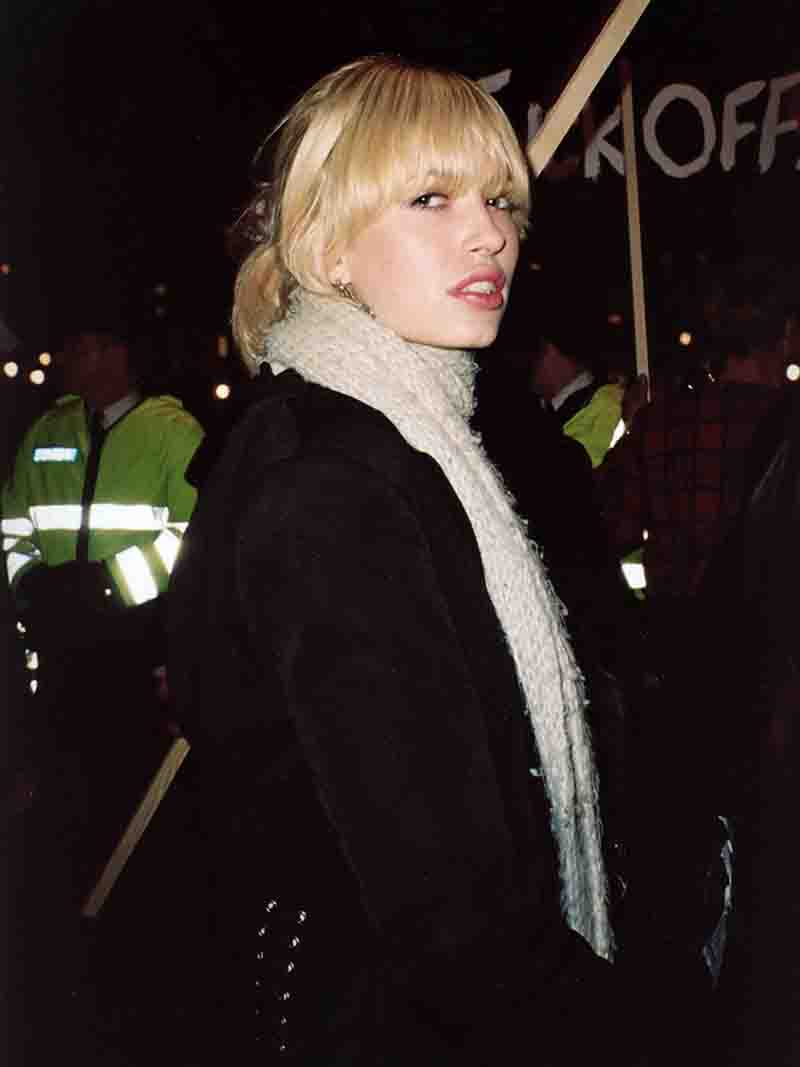
Fashion photography is a fascination that combines artistic expression and stylistic elegance. It is a visual statement that extends beyond the mere documentation of clothing and explores the subtleties of style, emotion and trend-setting.
The Essence of Fashion Photography
At its core, fashion photography is about capturing more than just garments; it's about encapsulating mood, narrative, and emotion through the lens.
Each photograph becomes a visual story, a testament to the collaborative efforts of the photographer, stylists, models, and model agencies.
The artistry lies in the ability to convey the essence of style and evoke emotions through carefully composed images.
Fashion photographers serve as visual storytellers, translating the language of design into a visual dialogue that resonates with audiences worldwide.
Composition Mastery in Fashion Photography
Composition is the cornerstone of impactful fashion photography.
The rule of thirds guides the placement of key elements, ensuring visual balance and interest.
Leading lines and symmetry play pivotal roles, guiding the viewer's gaze and creating a harmonious visual experience.
Understanding and mastering these compositional techniques elevate a fashion photograph from a mere snapshot to a visually compelling piece of art.
Mastering Lighting Techniques
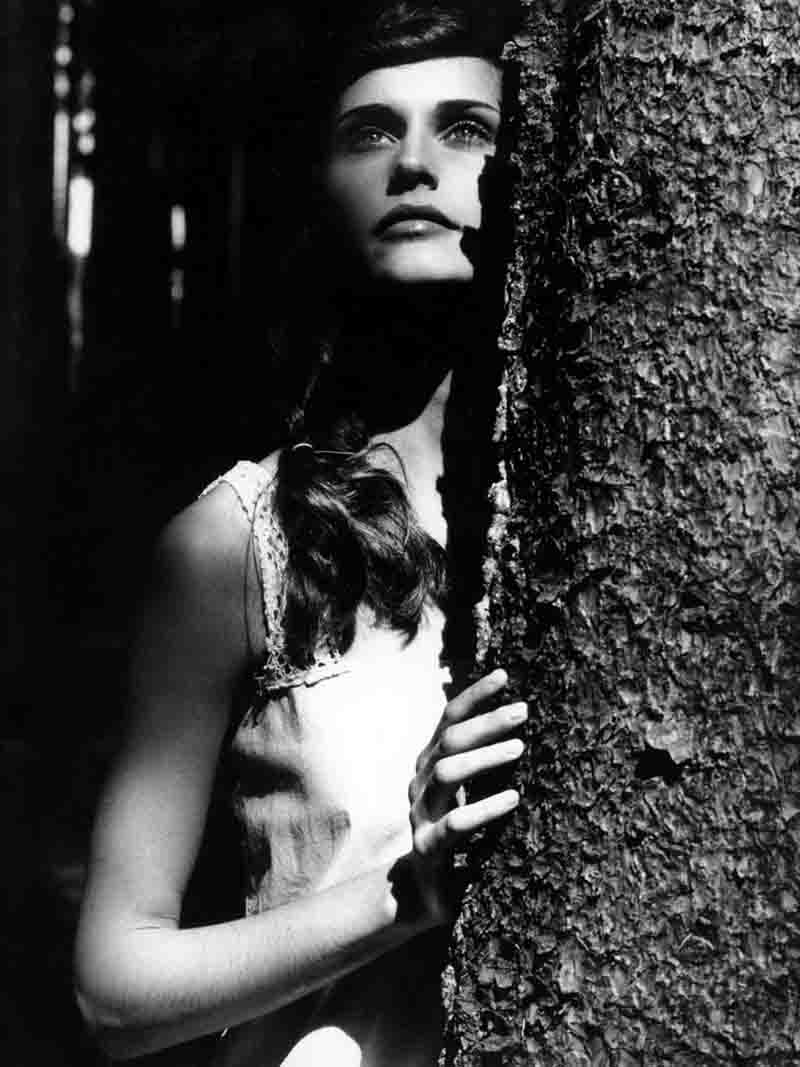
Fashion photography embraces the allure of natural light, painting garments with the brushstrokes of the sun. In this dance of shadows and highlights, the essence of fabrics comes alive, and models radiate an organic beauty that transcends the artificial.
Lighting is the painter's brush in the world of fashion photography.
The mastery of lighting techniques is paramount, with an appreciation for both natural and artificial light sources.
The golden hour, bathed in soft natural light, is a favorite for its flattering effects, while artificial lighting allows for creative control, casting shadows and highlights to sculpt the subject.
A fashion photographer's ability to manipulate light adds depth and drama to the narrative.
Choosing the Right Camera
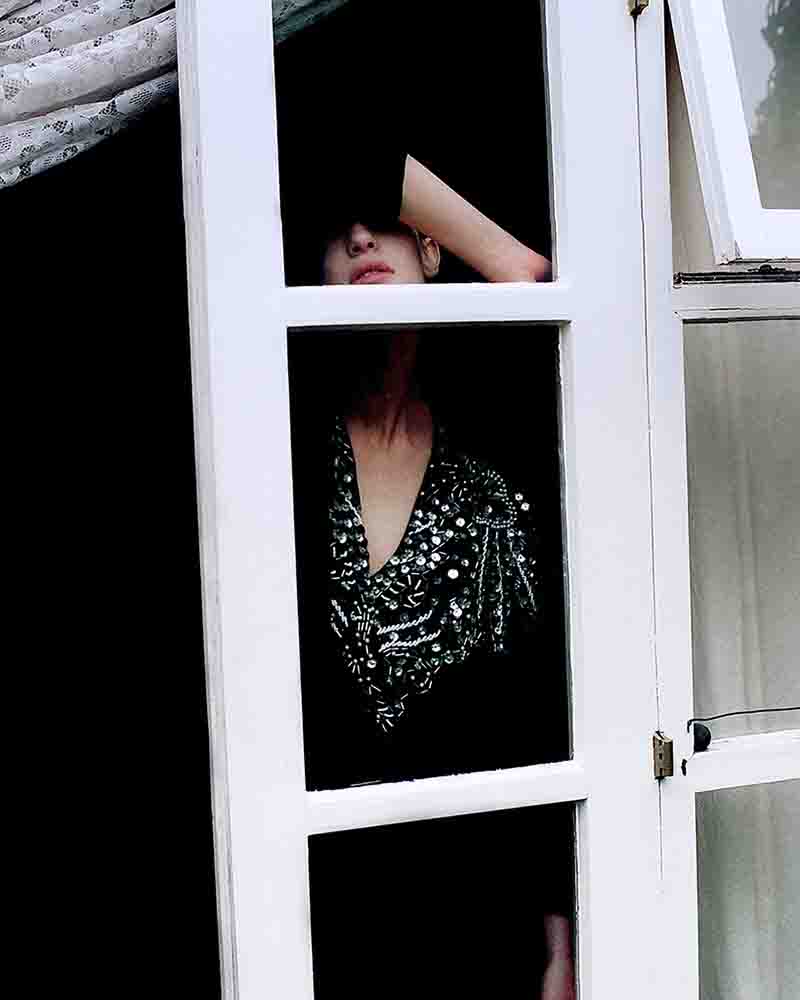
Breaking away from the conventional, editorial fashion embraces avant-garde concepts and experimental techniques. Unconventional styling, surreal settings, and bold visual choices contribute to a sense of artistic innovation and boundary-pushing.
The choice of camera is a pivotal decision for any aspiring fashion photographer.
The debate between DSLR and mirrorless options revolves around preferences and needs.
DSLRs offer robustness and versatility, while mirrorless cameras provide compactness and advanced technology.
Entry-level models from reputable brands like Canon, Nikon, or Sony provide excellent starting points, balancing features and affordability for those beginning their journey.
Lenses That Speak Volumes
Lenses are the storyteller's quill in fashion photography.
Prime lenses, such as the 50mm or 85mm, are revered for their ability to capture stunning portraits with a shallow depth of field.
Zoom lenses, like the 24-70mm, offer versatility, allowing photographers to adapt to different scenarios.
Choosing the right lens depends on the intended narrative, be it the intimacy of a portrait or the dynamism of a runway show.
Collaborating with Fashion Stylists
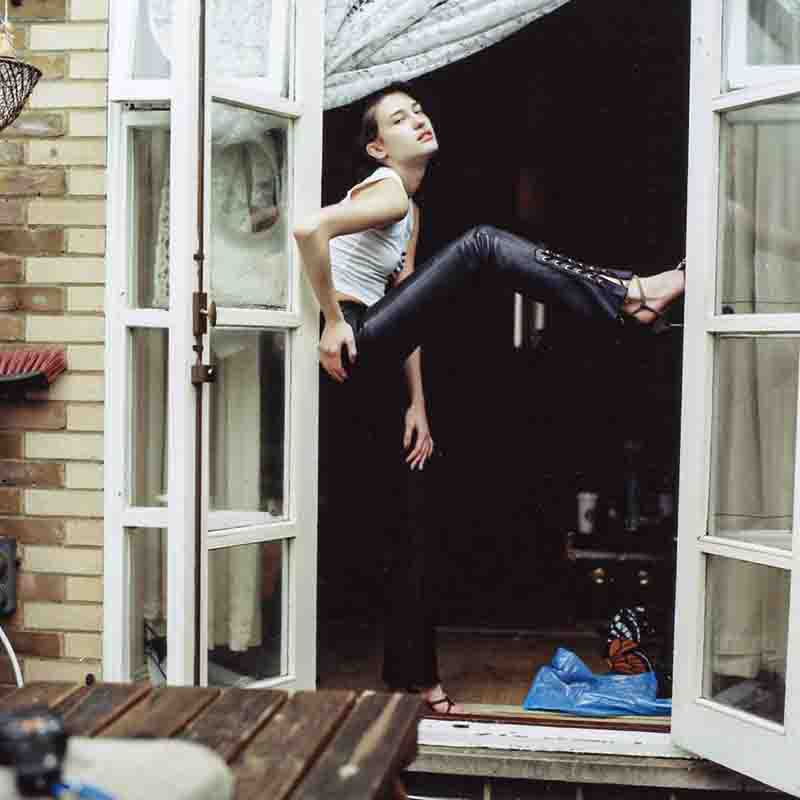
In the enchanting world of fashion photography, where every image is a crafted masterpiece, the journey from concept to the final frame is a symphony of creativity, collaboration, and meticulous execution.
Fashion styling is an art form that transcends clothing selection; it's about creating a visual language that harmonizes with the photographer's vision.
Collaborating with fashion stylists elevates the aesthetic of the shoot, ensuring that every garment, accessory, and detail contributes to the overarching narrative.
Stylists bring a nuanced understanding of trends, aesthetics, and the subtle nuances that make each piece of clothing a statement.
Posing Techniques for Models
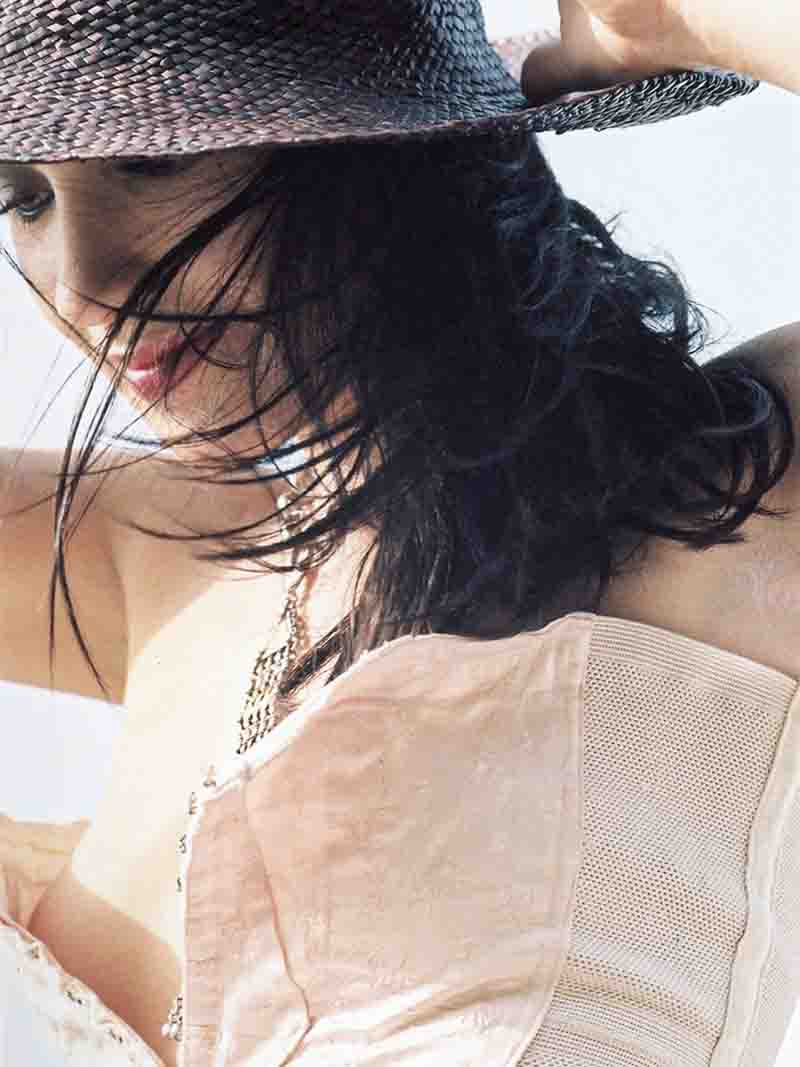
Some fashion editorials take on a more literal narrative approach, crafting a visual storyline that unfolds across the pages of a magazine. Characters are developed, and a plot is suggested through a series of images, turning the fashion spread into a miniature cinematic experience.
Models are the living canvases in fashion photography, and their poses convey the narrative envisioned by the photographer.
Posing is an intricate dance that requires a symbiotic understanding between the photographer and the model.
It goes beyond striking a pose; it involves storytelling through body language, conveying emotions, and capturing the essence of the fashion being showcased.
The art of posing is about creating a visual dialogue between the model and the viewer.
Planning and Executing Fashion Photoshoots
Fashion photography is a meticulous craft that begins with careful planning. Each photoshoot is an opportunity to tell a unique story.
Conceptualizing themes and narratives allows photographers to breathe life into their ideas.
Storyboarding becomes the blueprint, ensuring a cohesive visual narrative that unfolds seamlessly from frame to frame.
A well-executed photoshoot is a testament to the synergy between planning and execution.
Working with a Creative Team
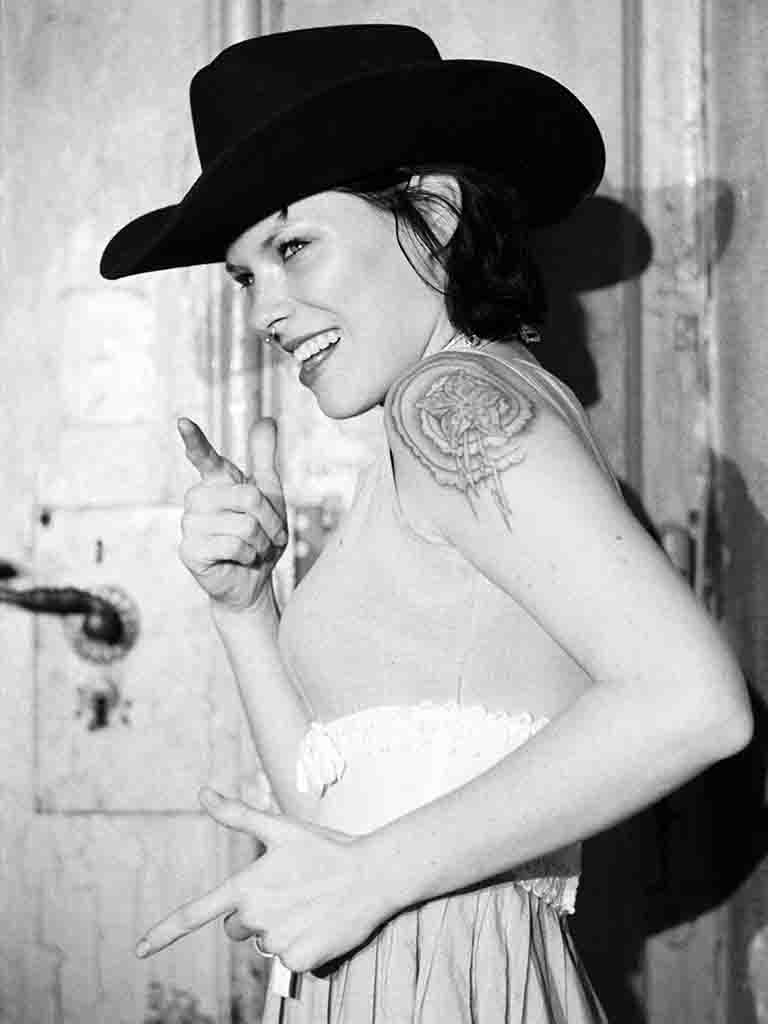
Behind the glamour of the finished images lies a meticulous process that transforms concepts into visual narratives.
Behind every breathtaking fashion photograph is a collaborative team working in unison.
Models, makeup artists, and stylists each contribute their expertise to enhance the visual narrative.
Models bring life to the garments, makeup artists sculpt the canvas, and stylists curate the visual language.
Building a creative team fosters an environment where each element synergizes, creating a visual symphony that transcends individual contributions.
Camera Settings for Fashion Photography
Technical mastery is the foundation of any successful fashion photographer.
Shooting in manual mode provides control over every aspect of the image—aperture, shutter speed, and ISO.
Aperture priority becomes the tool for crafting stunning portraits, utilizing a wide aperture for a beautiful background blur.
Shutter priority steps in when capturing movement, ensuring a balance between freezing motion and intentional blur.
Developing a Creative Eye
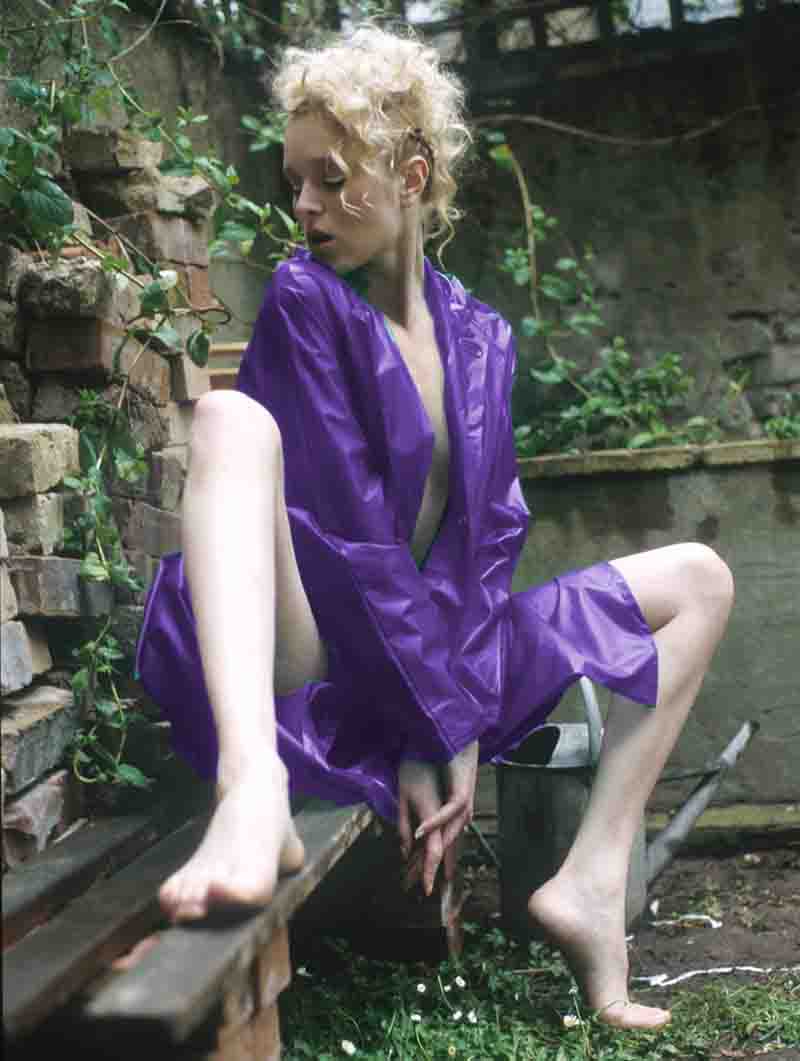
Iconic images, particularly those for Vogue, are characterized by their timeless elegance and meticulous composition..
The ability to see beyond the obvious is the hallmark of a seasoned fashion photographer.
Analyzing composition involves understanding the rule of thirds, leading lines, and symmetry.
Lighting becomes a medium for sculpting narratives, whether it's the gentle touch of natural light or the intentional play of shadows through artificial sources.
Developing a creative eye is about perceiving the nuances that transform a photograph into a work of art.
Fashion Photography Post-Production
Post-production is the refining touch that elevates a photograph to its full potential.
Adobe Lightroom emerges as the go-to software for its user-friendly interface and powerful editing capabilities.
From exposure adjustments to color grading, Lightroom provides a canvas for enhancing the visual impact of fashion photographs.
For beginners, it serves as a gateway to the world of post-processing.
Enhancing Colors and Tones
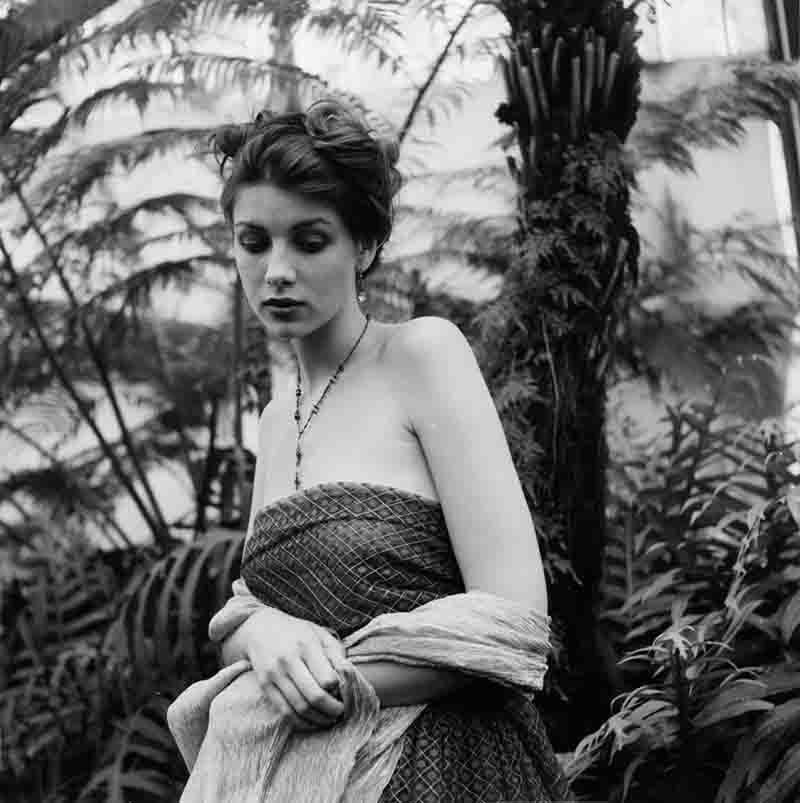
Studio-based fashion photography provides a controlled environment that allows photographers to focus on capturing the details of fashion in a precise and intentional way.
Color is a language in fashion photography, and mastering color grading enhances the narrative.
Experimenting with color palettes and tonal adjustments allows photographers to evoke specific moods.
Whether it's the warmth of golden tones or the cool elegance of monochromatic hues, color becomes a tool for storytelling.
Tonal adjustments refine the atmosphere, ensuring a cohesive and visually pleasing result.
Navigating the Fashion Industry
In the digital age, an online presence is the gateway to visibility and opportunities.
Creating a stellar portfolio website provides a professional showcase for your best work.
Social media, particularly Instagram, becomes a dynamic tool for engaging with the global fashion photography community and attracting potential clients.
Networking and Collaborations
The journey in fashion photography is not solitary; it thrives on connections and collaborations.
Attending events, workshops, and networking sessions provides opportunities to connect with fellow photographers, models, stylists, and industry professionals.
Online communities offer virtual spaces for sharing insights, seeking advice, and fostering collaborations that transcend geographical boundaries.
Understanding the Business Side

Creating a fashion photoshoot in outdoor settings offers a fantastic opportunity to blend the beauty of fashion with the natural and urban landscapes.
Beyond the artistic pursuit, fashion photography involves a business dimension.
Contracts and agreements are crucial tools for protecting your work and establishing clear expectations with clients, models, and collaborators.
Pricing your services requires research into industry standards, considering factors such as your skill level, experience, and the scope of the project.
Mastering the Art of Fashion Photography
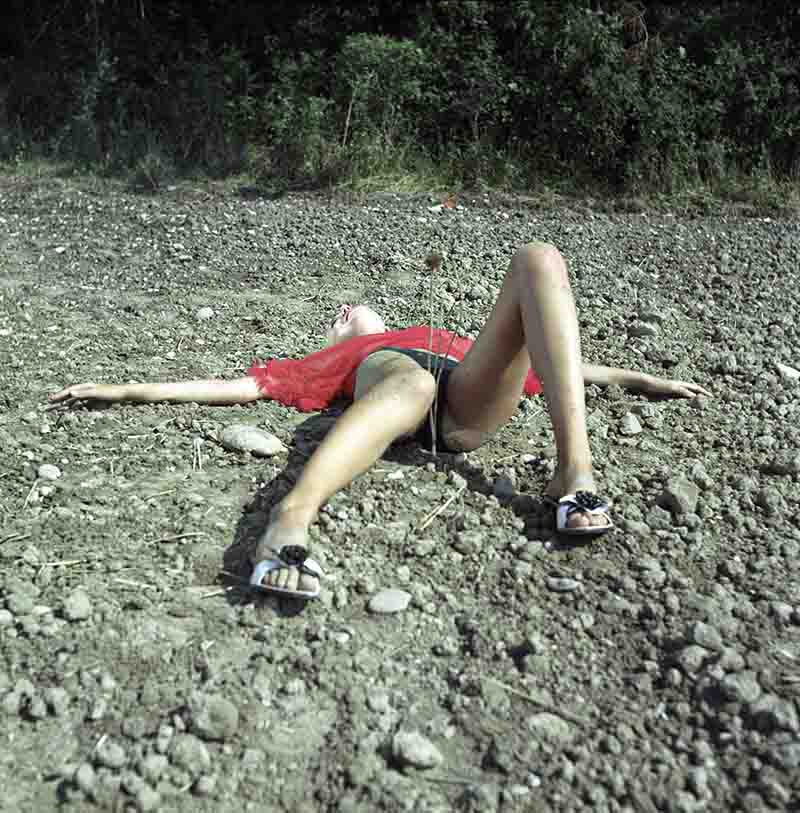
Breaking away from the conventional, editorial fashion photography embraces avant-garde concepts and experimental techniques. Unconventional styling, surreal settings, and bold visual choices contribute to a sense of artistic innovation and boundary-pushing.
Fashion photographers who understand the principles of composition, harness the power of light and build a close relationship with their models have the ability to create stylish and compelling fashion shots that engage their audience.
Each photo shoot is an opportunity to grow and experiment and embark on a journey to hone one's craft by developing a unique style in the fast paced field of fashion photography.
-
Basics of Composition: Before diving into the world of fashion photography, it's crucial to grasp the fundamentals of composition. The rule of thirds, leading lines, symmetry, and framing are essential elements that can enhance the visual appeal of your shots.
-
Dynamic Poses: Encourage your models to adopt dynamic and interesting poses that convey emotion and energy. Experiment with angles and perspectives to capture movement and fluidity in the garments.
-
Utilize Negative Space: Embrace the power of negative space to highlight the subject and create a clean, impactful image. This technique can draw attention to the details of the clothing and emphasize the overall aesthetic.
-
Tell a Story: Fashion photography is not just about showcasing clothing; it's about storytelling. Develop a narrative or theme for your shoot, allowing the clothes to become characters in a visual story. Consider the environment, props, and model expressions to convey the desired message.
-
Master Natural Light: Natural light can be a fashion photographer's best friend. Learn to harness the different qualities of natural light throughout the day, such as the warm tones of golden hour and the soft, diffused light on overcast days.
-
Experiment with Artificial Lighting: While natural light is beautiful, mastering artificial lighting expands your creative possibilities. Experiment with studio lights, softboxes, and reflectors to sculpt the light and create the desired mood.
-
Prioritize Consistency: Consistent lighting is crucial for a cohesive fashion portfolio. Whether shooting indoors or outdoors, maintain a consistent color temperature to ensure that the colors of the clothing are accurately represented.
-
Play with Shadows: Shadows can add depth and drama to your fashion shots. Experiment with different lighting angles to create captivating shadow patterns that complement the clothing and add an artistic flair.
-
Establish Clear Communication: Effective communication is key when working with models. Clearly convey your vision for the shoot, discuss poses and expressions, and encourage open dialogue to create a collaborative environment.
-
Build a Connection: Establishing a rapport with your models is essential for capturing genuine and emotive moments. Take the time to build a connection, making them feel comfortable and confident in front of the camera.
-
Encourage Movement: Movement can bring life to your fashion shots. Encourage models to walk, twirl, or interact with their surroundings. Dynamic movement adds energy and allows the clothing to be showcased in action.
-
Capture Candid Moments: While planned poses are essential, don't shy away from capturing candid moments. Genuine laughter, thoughtful expressions, and natural movements can result in some of the most compelling shots.
-
Retouch Thoughtfully: Post-processing is an integral part of fashion photography, but it should be approached with care. Retouch skin and imperfections subtly, ensuring the final image maintains a sense of authenticity.
-
Enhance Colors: Use post-processing tools to enhance and fine-tune the colors in your images. Ensure that the hues of the clothing remain vibrant and true to the designer's vision.
-
Maintain Consistent Style: Develop a consistent post-processing style that aligns with your overall aesthetic. Consistency in editing enhances your brand and creates a cohesive look across your portfolio.
In the art of fashion photography, composition is the silent orchestrator that directs the symphony of visual elements. The rule of thirds, leading lines, framing, symmetry, patterns, and color harmony are not merely technical guidelines; they are tools that fashion photographers wield to create images that transcend the ordinary.
Fashion Photography: One Frame at a Time
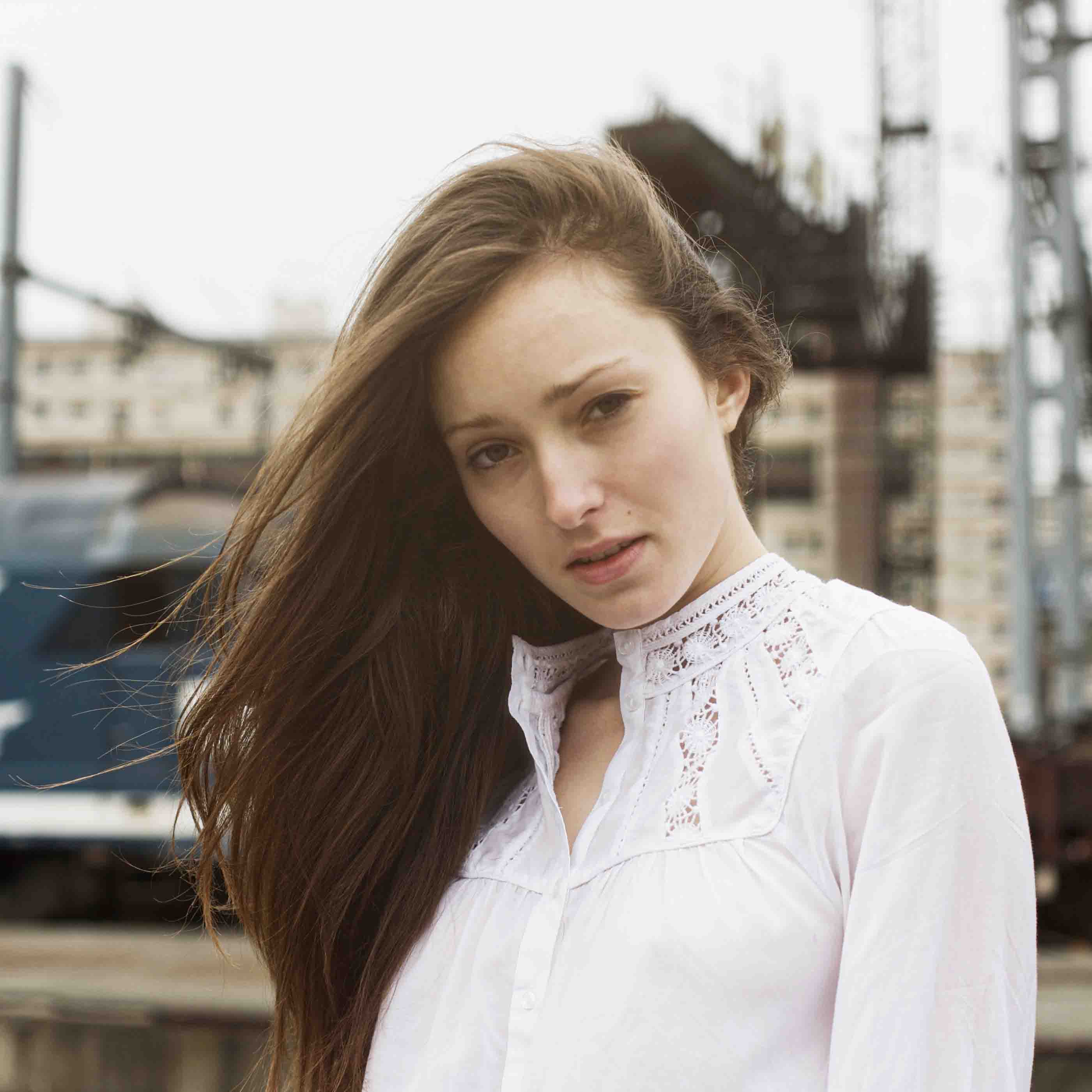
Editorial fashion photography often revolves around conceptual frameworks. Each photoshoot is built on a thematic foundation, whether it's inspired by a historical era, a cultural movement, or a societal issue. The concept becomes the guiding force, shaping every element of the shoot, from styling and location to lighting and poses.
The primary goal of fashion photography is to present fashion items in an alluring and aspirational light, often pushing creative boundaries to captivate and engage the audience.
It plays a crucial role in the fashion industry by influencing trends, promoting brands, and shaping the overall visual identity of designers and labels.
Fashion photographers employ various techniques, such as unique lighting setups, innovative composition styles, and strategic model posing, to transform garments into visually striking works of art.
From the classic elegance of black-and-white images to the dynamic and vibrant visuals of contemporary fashion shoots, fashion photography reflects the ever-changing landscape of style.
Fashion photography is a dynamic and multifaceted art form that not only documents the latest trends in clothing but also contributes to the cultural dialogue around beauty, identity, and self-expression.
Fashion Photography: FAQ
Are you curious about music, art, technology, fashion, lifestyle, and beer?
If so, then you need to subscribe to the free Likewolf newsletter.
100% privacy. When you sign up, we'll keep you posted.
Beauty, Grace, and Sensuality
It is a Form of Artistic Expression
